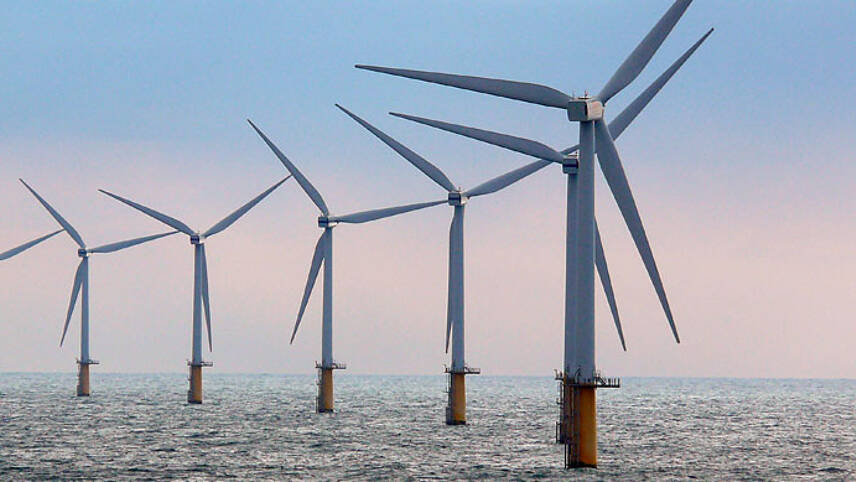Member only content free until 26/05/2024
To continue reading this article and enjoying free access to all Utility Week’s content up to the 26/05/2024 Register today!
Ready to become a member?

SSE is stepping back from four major offshore wind projects worth nearly 12GW, it announced on Wednesday in a rollercoaster week for the sector.
As part of a raft of measures to “streamline and simplify” the business, SSE said it will not take forward the Galloper, Sea Green, Forewind and Islay schemes. It will focus efforts on the 750MW Beatrice array, which is in with a chance of early approval for subsidies.
That body blow followed a vote of confidence in the technology from Siemens on Tuesday, when it announced a decision to build two turbine factories in Yorkshire. Building up a UK supply chain is seen as critical to bring down offshore wind costs and make projects viable.
Jim Smith, SSE managing director of generation development, said there were “two major, related hurdles” to offshore wind development: limits on subsidy and supply chain costs.
He said: “Having looked across our offshore portfolio, and across our capital and investment programme as a whole, we believe that we should focus our near term development activity on Beatrice. Taking it forward to subsequent stages of development and construction will be challenging, but achievable, and that is what we are working towards.”
SSE will continue to invest in developing Beatrice this calendar year and work towards making a final investment decision on construction in early 2016. Even that looks uncertain, however.
Beatrice is one of 15 projects in the early approval process for the incoming subsidy regime, but not among the 9 schemes deemed “provisionally affordable”.
As well as securing subsidy, SSE is looking to reduce its stake in the project from 75 per cent to 50 per cent or less before committing to further development.
The energy company will not take its 50 per cent stake in the 340MW Galloper scheme further, saying the project is not expected to offer a competitive return compared to its other investments.
A spokesman for RWE Innogy, which owns the other half of Galloper, said they were “very disappointed” by the news. “Having only just been informed of this decision, we now need to take some time to fully understand what implications this may, or may not have, for the future direction of the project,” he said.
On the 3,500MW Sea Green and 7,200MW Forewind schemes, SSE will continue to work towards securing consent for construction. However the company will not commit more “until it has achieved sufficient confidence in the viability of the wider offshore wind sector”.
The future of these two projects now depend on partner companies Fluor (Sea Green) and RWE Innogy, Statkraft and Statoil (Forewind). A spokesperson for Statoil said all four participants in Forewind are committed to gaining consent and are “in discussions to determine how the projects will be progressed post–consent”.
SSE has halted investment in a 690MW array off the coast of the Scottish island of Islay.
Maria McCaffery, chief executive of Renewable UK, said the news showed government needed to provide more certainty for investors.
“The lack of clarity about the government’s support for offshore wind past 2020 is in stark contrast to its support for nuclear,” she said. “If we could rely on more certainty and less risk, firm commitment to the huge financial investments involved would secure all the economic benefits of energy independence in a shorter timescale.”
However, she insisted “overall we still have a busy and dynamic offshore sector”, with 22 windfarms running, five under construction and nine with planning consent.




Please login or Register to leave a comment.